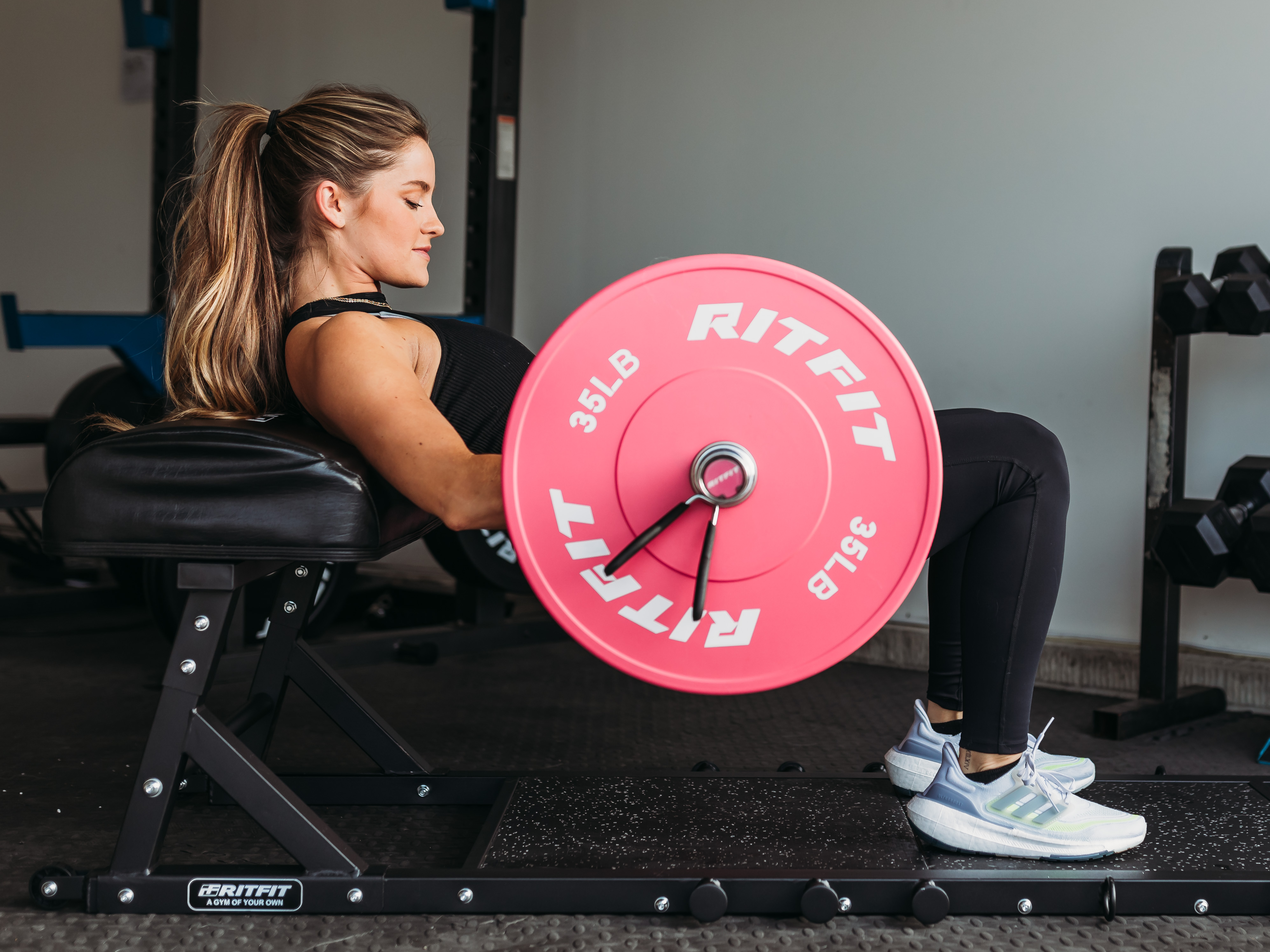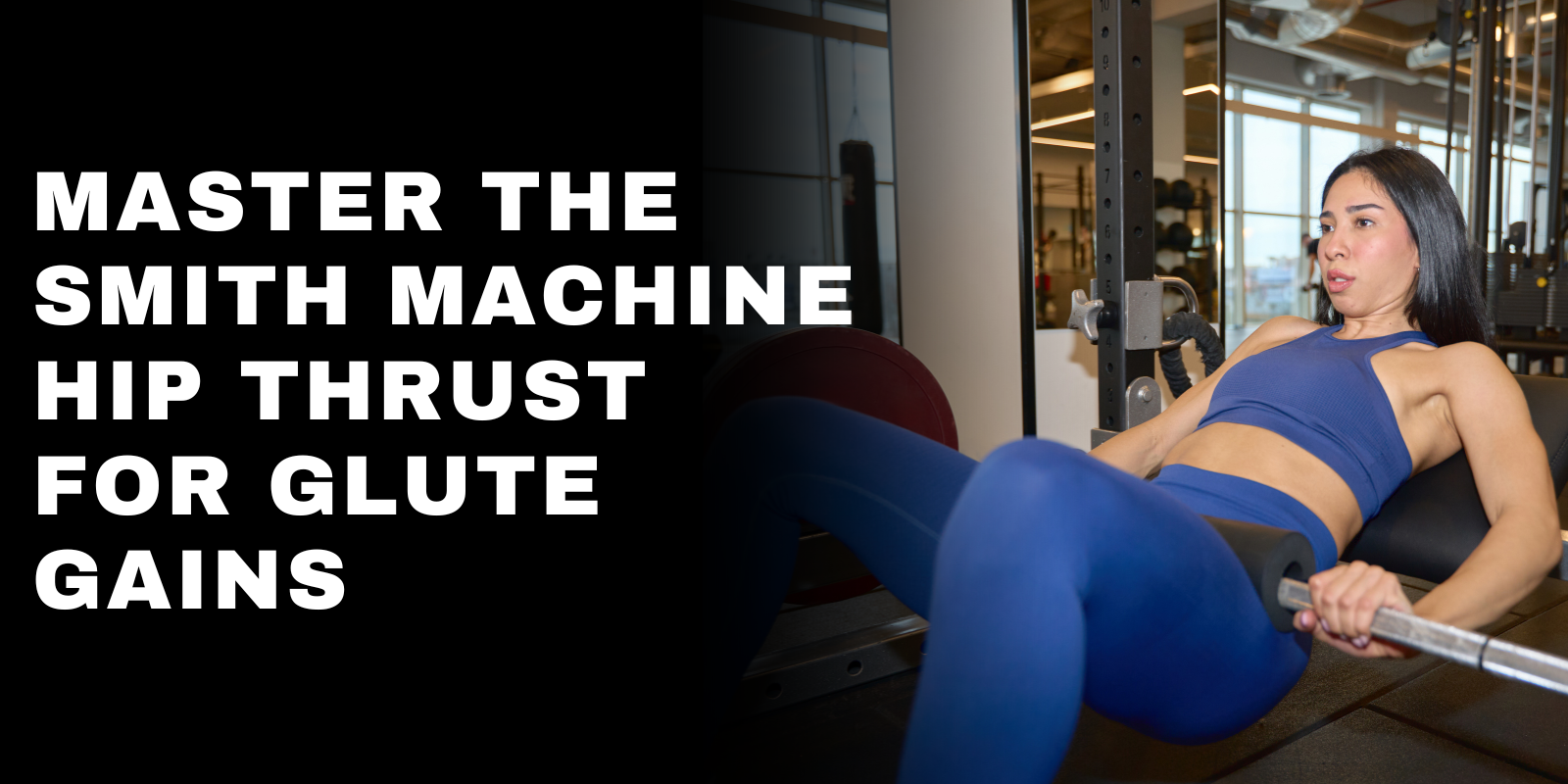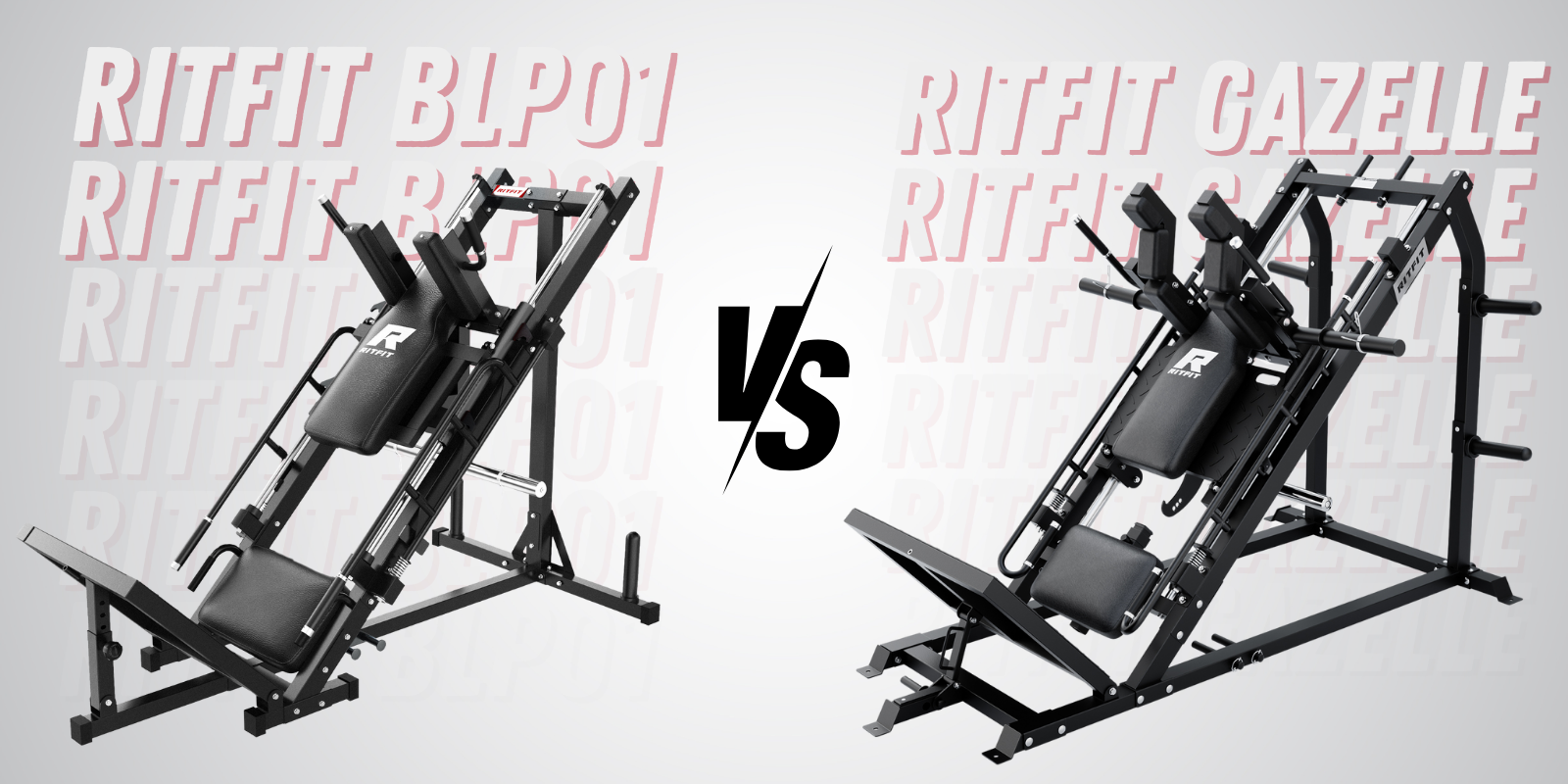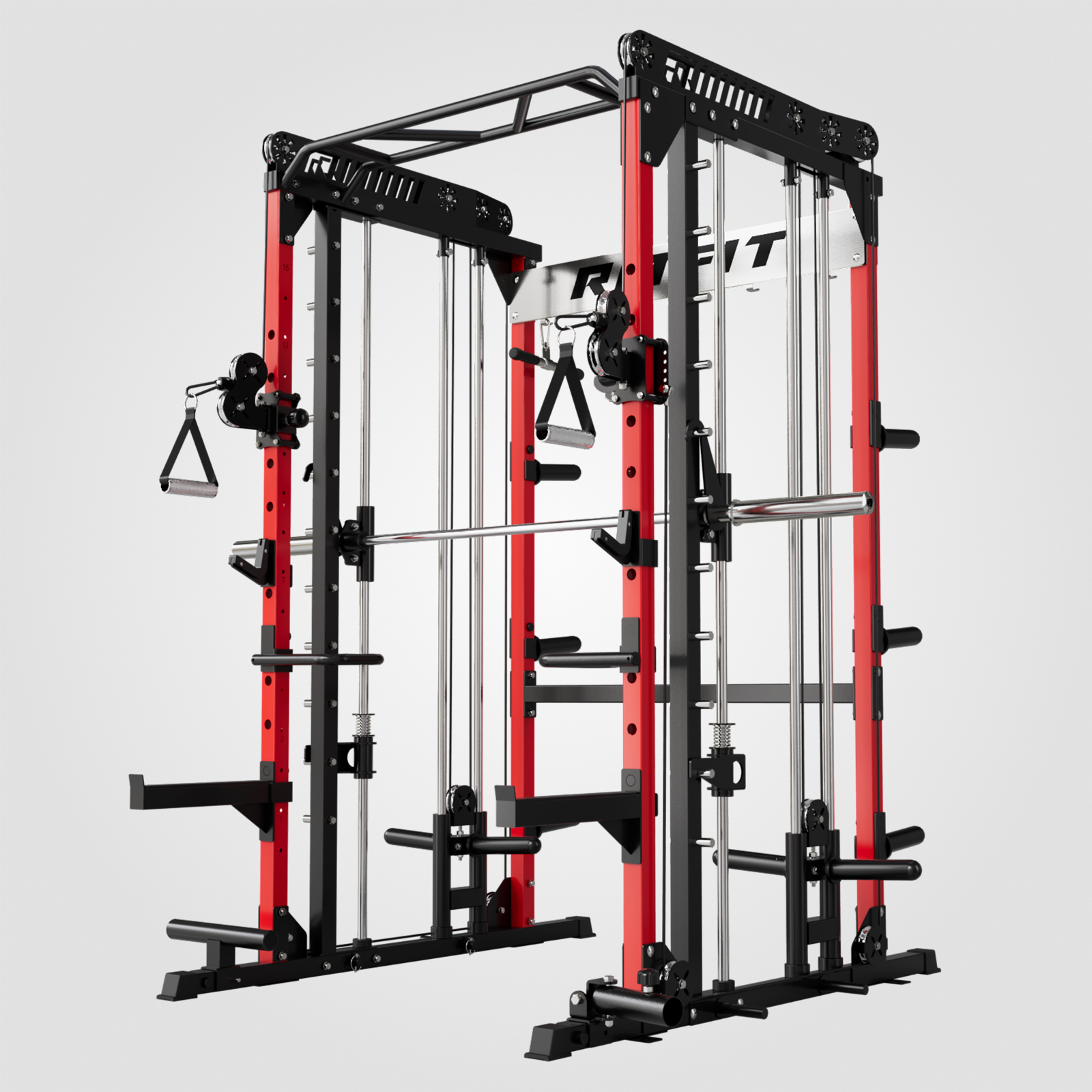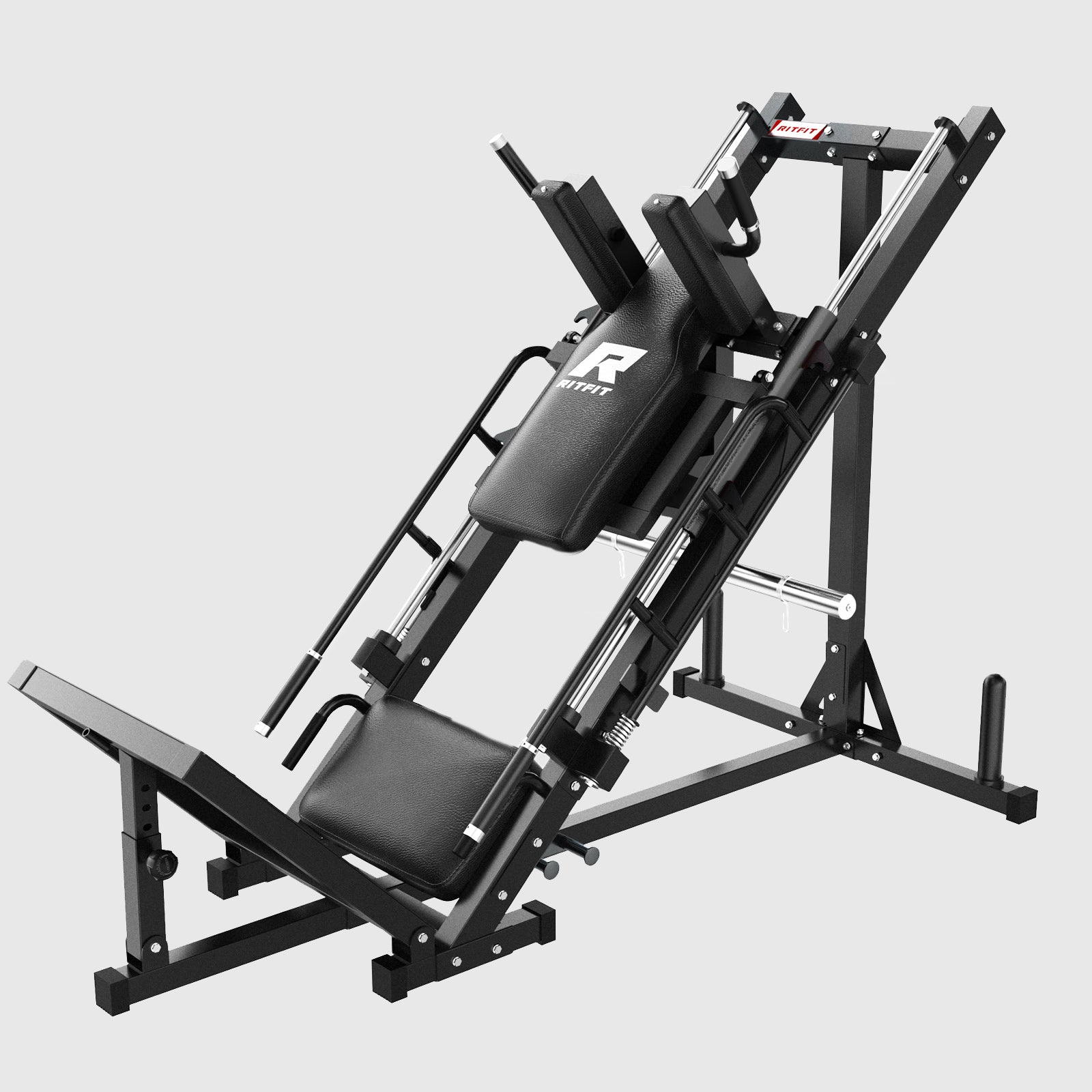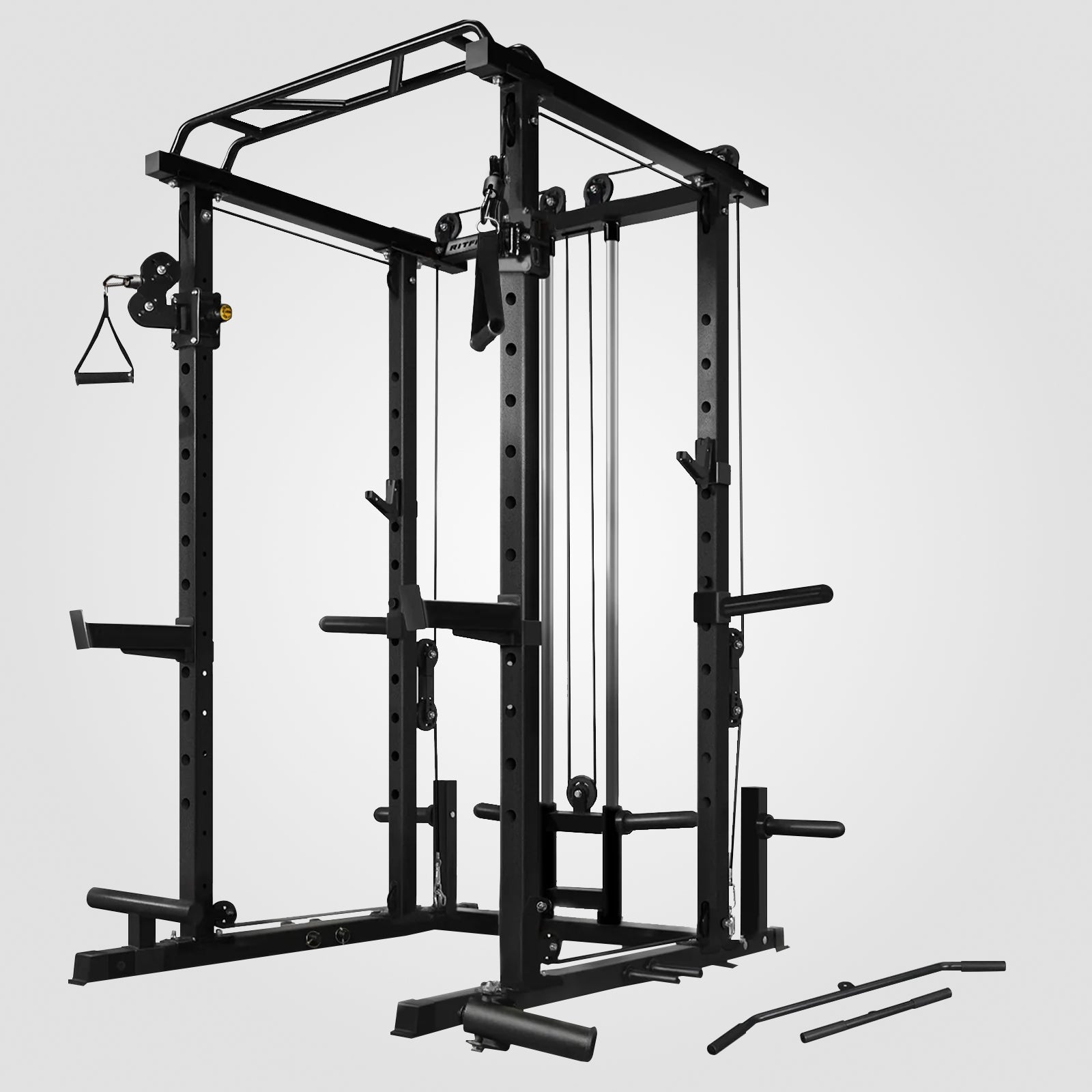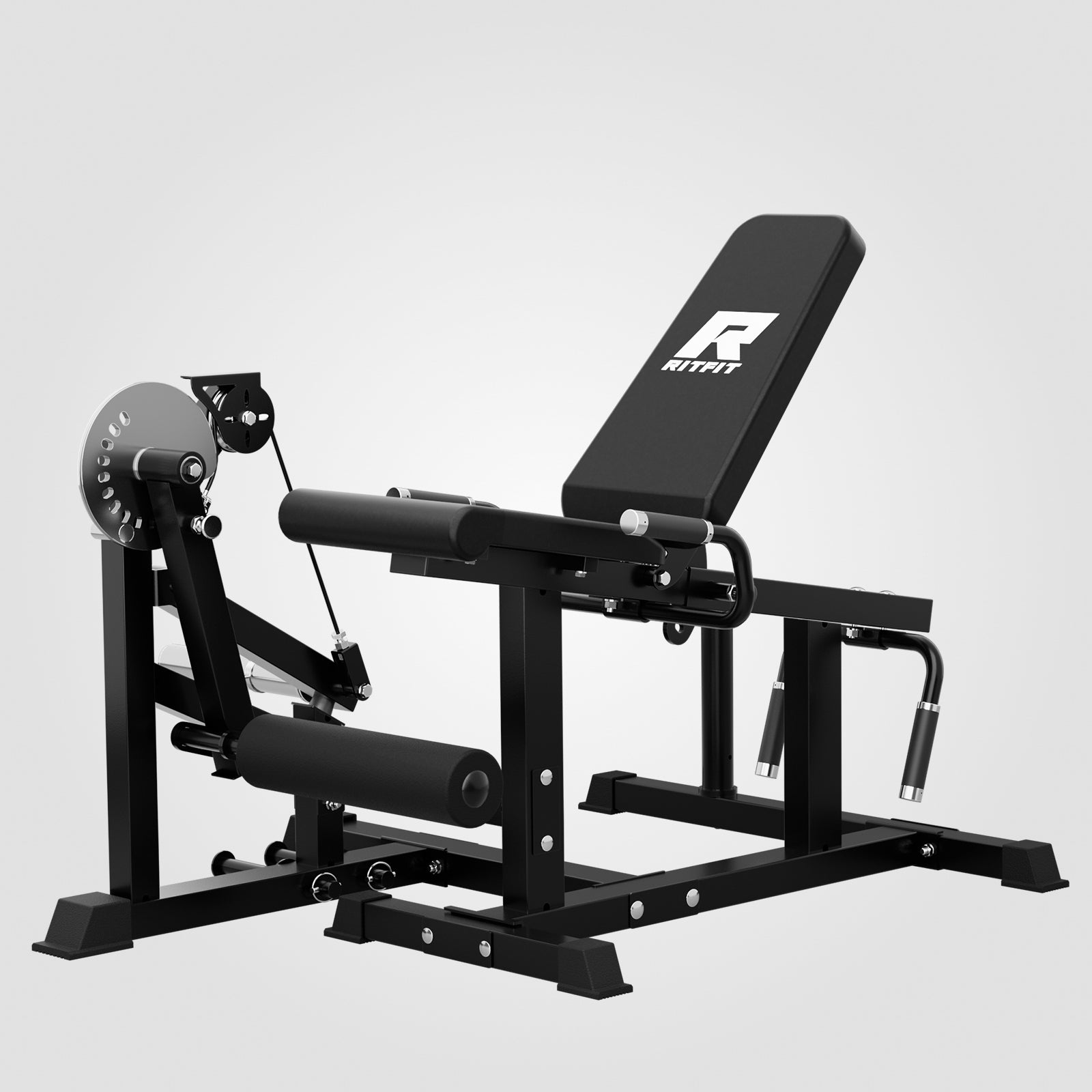A sturdy weight bench is one of the most indispensable pieces of equipment for any home gym enthusiast. Not only is it necessary for facilitating some of the most important lifts such as the barbell bench press and the dumbbell incline press, but having one on hand immediately opens up a diverse range of exercise and movement options.
As much as we never suggest “skipping leg day”, sometimes we like to discuss workouts that make upper-body addicts smile. There are a lot of shoulder exercises out there that range from heavy barbell movements to those that can be performed solely with one’s own bodyweight.
Today, we’re going to specifically focus on a short, but comprehensive 3-movement shoulder workout routine that you can perform with a weight bench and a pair of dumbbells. Let’s take a look at all three movements in closer detail.
Seated Shoulder Press

Image source: www.liftmanual.com
Muscles worked: front deltoids, trapezius, triceps
The seated shoulder press is one of the most effective exercises for building shoulder size and strength. Seated shoulder presses can be performed with a barbell, but opting for a pair of dumbbells is usually the best option, especially if you don’t have a friend or spotter to assist.
Ideally, the adjustable portion of your bench will be positioned in the fully vertical position, allowing your back to lean against it. This will be important during the exercises since dumbbell training is inherently less stable than barbell training; the added stability of the bench can assist the lifter better balance and stabilize themselves (Saeterbakken & Fimland, 2013).
In one, smooth motion, hoist the dumbbells from the ground up to your shoulders. Since this portion of the exercise is merely the setup, it is more than acceptable to use momentum to facilitate this. If the weight is starting to get really heavy, you can get a friend to hand you each dumbbell, positioning them on each shoulder.
Once each dumbbell is in position and you have stabilized yourself on the bench, forecefully extend your arms in a completely vertical manner, only stopping once they reach full extension. As soon as they reach this position, lower them in a slower, controlled manner.
Throughout the duration of each set, lean against the bench as much as you need to in order to maintain an upright and stable position.
Rear Delt Row

Image source: www.liftmanual.com
Muscles worked: rear deltoids, middle deltoids, rhomboids, trapezius
As you can imagine, the deltoids, also know as the “common shoulder muscles” are the focus of the rear delt row. This exercise is more effective at targeting both the back and even the middle deltoid muscles more than movements like the shoulder press. Once again, an incline bench and a set of dumbbells are all you need to perform this movement.
Because this movement complements the seated shoulder press so well, you can perform these two as a “super set”, performing rear delt rows immediately after your presses.
Set the incline of your bench to a roughly 45-degree angle with your dumbbells positioned very close to each side. Next, sit on the bench with your chest facing the inclined portion and slowly lower yourself against it. Lower your arms and grasp each of the dumbbells and begin raising them toward your lower chest. Your hands should be facing one aother.
Do not rush the movement, but it also isn’t necessary to drag the movement out. A half of a second up with a very brief pause at the top of the movement and a half of a second back down to the starting position is the perfect cadence.
As you move the dumbbells towards your body, be sure to consciously squeeze your upper arms and shoulders to emphasize the movement and targeted muscles.
Seated dumbbell front raise

Image source: www.liftmanual.com
Muscles worked: front deltoids, middle deltoids, upper chest
With the previous exercise we broke down, the backs and middle portions of the shoulders were the prime focus areas. The front raise, whether using a barbell or dumbbells, performed while standing or seated, hits the front deltoid muscles.
The act of raising a dumbbell doesn’t specifically require a bench, but, as we discussed with the seated shoulder press, sitting on a hard, heavy surface, can add a large degree of stability to the movement. For this exercise, work with the bench completely flat and don’t brace your back against the adjustable portion for assistance.
Place two light dumbbells directly in front of your bench and sit tall, close to the bench’s edge. Grasp each dumbbell and raise one from directly beside your body up until it reaches eye level. As you raise the dumbbell, simultaneously rotate your hand so that it transitions from a neutral position (facing toward your other hand) to a pronated position (overhand grip). Pause briefly at the top of the movement and lower the dumbbell in a controlled manner. Repeat this movement with the opposite arm.
We suggest alternating between arms since this will allow you to maintain more control of each dumbbell throughout the movement, although you can raise both arms at the same time.
3 Movements, 2 Dumbbells, 1 Bench...
As you can see, with just a sturdy bench and a pair of dumbbells, it’s possible to hit all of the main shoulder muscles, ensuring that your development is symmetrical and properly targets the front, middle, and rear deltoids. Investing in a complete set of dumbbells will allow you to continue to make strength and muscle gains as you progress.
Although these three movements are sufficient for realizing serious shoulder growth, you can experiment with different set and rep schemes as well as rest periods to stimulate different responses. For example, using heavier dumbbells for smaller sets and with longer rest periods is excellent for building top-level strength. In contrast, you could use a light pair of dumbbells for high-rep sets and continuously rotate between these three exercises to maximize hypertrophy and promote serious muscle growth.
Don’t worry about complicating things, especially when you’re first getting started. Get yourself an adjustable bench and some dumbbells and you’ll be good to go; your shoulders will thank you!
Saeterbakken, A., Fimland, M. (2013). Effects of body position and loading modality on muscle activity and strength in shoulder presses. Journal of Strength and Conditioning Research, 27 (7): 1824-1831.



